Browntail Moth Info 6/21/24
from the Maine Dept. of Agriculture, Conservation & Forestry
Shared by Oxford County Soil & Water Conservation District:
What are Invasive Species?
- An invasive species is an alien (non-native) species whose introduction does or is likely to cause economic or environmental harm or harm to human health.
What is the harm?
- More than $100 billion per year to control invasive species.
- Costs beyond your control such as loss of property value (eg. Browntail moth)
- Ecological damage (e.g. crazy worms)
- Human Health Issues (eg. Browntail moth, Giant Hogweed)
Examples of invasive forest pests that changed the landscape of the eastern US:
- Chestnut Blight – In a few decades chestnut blight girdled and killed up to 3 billion American Chestnut trees.
- Dutch Elm Disease – destroyed over 100 million American Elm trees
Problems related to invasive plants across the US:
- Threaten ecological integrity and biological diversity of forest ecosystem
- Significant negative economic impact, resulting in loss and destruction of forage and habitat for wildlife, loss of available grazing land, diminished land values, lost forest productivity, reduced groundwater levels, soil degradation, increased risk of devastating wildfires and diminished recreational enjoyment.
Examples of invasive plant species in Maine:
- Norway Maple
- Japanese Knotweed
- Multiflora Rose
Firewood Scout – This site will help you locate “safe” firewood for sale in Maine.
How to use this page
Listed below are links to information about invasive forest pests and plants that will help you understand how to clean-up and care for your property. Please visit the sites to learn about the threats to your area. If you feel you need more help, call one of the resources listed below. There are many professionals out there willing to help you! A word of warning – when hiring someone to remove trees, please check to make sure they are licensed and insured. The State of Maine Department of Agriculture, Conservation and Forestry maintain a list of registered individuals that you can easily access online.
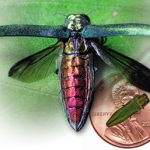
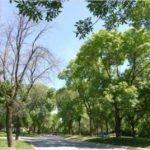

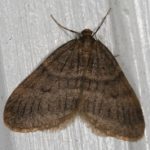
Asian Longhorned Beetle
- Fact Sheet
- For all things ALB in Maine, maine.gov/alb
Brown Marmorated Stink Bug
Browntail Moth
Emerald Ash Borer
Hemlock Woolley Adelgid
Winter Moth

You may have already seen them and didn’t even realize it. Crazy worms are known and sold for bait and composting under a variety of names including snake worms, Alabama jumper, jumping worms and Asian crazy worm.
Crazy Worms
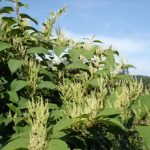

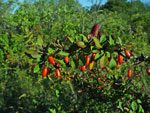

Invasive Plants:
The Maine Natural Areas Program maintains a great site with photos, reasons why the plant is a problem and ways to eradicate them.
Resources:
Maine Association of Conservation Districts
Maine Forest Service Insect and Disease Laboratory, Augusta ME 207-287-2431
Maine Natural Areas Program, Augusta ME 207-287-8044
Oxford County Soil and Water Conservation District 744-3111/744-3119
*This page has been developed by Oxford County Soil & Water Conservation District, working under a grant from the Maine Department of Agriculture, Conservation and Forestry.
